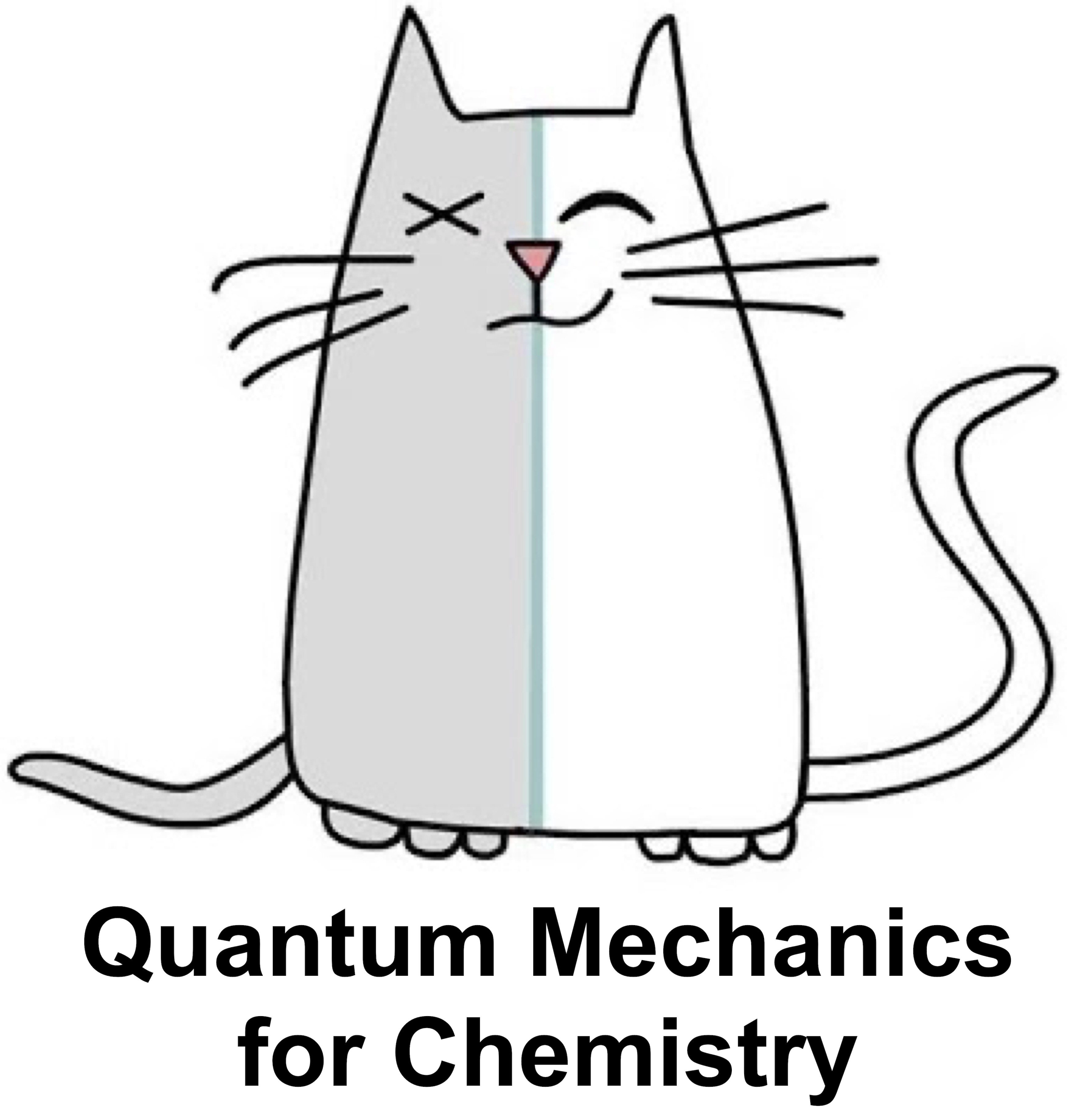Perturbation Method#
What you need to know
Perturbation method, attempts to solve analytically intractable problems by idintifying an exactly sovable part and a “small” pertrubation to it.
The method is similair in spirit to taylor expansion of continuous functions familiar to us from calculus. Just like in taylor expansion in pertrubation expansion the key is identifying the relatively small parameter in the problem to expand.
Application of pertrubation theory proceeds in two steps. Step one identify solvable part and perturbation. Part two expand energy and eigenfunctions as series of corrections of increasing order. In practice first and second order corrections to energy are sufficient to get quantiatively accurate results.
Perturbation theory allows writing down expressions entirely in terms of eigenfunctions and eigenvalues of exactly solved problem!

Fig. 88 Pertrubation theory quantifies how much energy levels get pertrubed by adding “small” deviation of the exactly solvable Hamiltonian. For many problems which are impossibvle to solve exactly one can still identify part of the hamiltonian as exactly solvable
Time independent perturbations#
We have hamiltonian
Note the 0 superscript: It indicates exactly solvable hamitlonian, eigenfunctions and eigenvalues. The
Consider a problem where we have a hamitlonian which is similiar to an exactly solvable problem differing only by a “small” pertrubation
The parameter
The objective of perturbation theory is to solve the problem with new hamiltonian expressed entirely in terms of eigenvalues and eigenfunctions of exactly solvable problems.
It’s just like Taylor expansions!#
We assume that eigenvalues and eigenfunctions can be expanded in power series in the parameter
Pluggin in the expansions into
Pertubation equations of order
Opening the brackets and collecting different orders of
Note how the sum of upstairs indeces determines the order of perturbation expansion
The 0 order is just the exact solution.
Hamitonian only has first order expansion while eigenfunctions and eigenvalues are expanded to infinite terms. Usually going to second order is enough for most problems.
Computing pertrubation correction to energy levels#
Perturbation Approximation to Energies
**
Matrix Elements of pertrubation
First and second order corrections to the ground state#
The first order correction to the ground state requires computing diagonal matrix elements only:
2nd order correction to the ground state requires calculating off-diagonal elements
Note how the energy in the denominator of 2nd order term involves difference between energy of a given state
Key insight If the matrix elements are of comparable magnitude the neighbouring energy levels make larger contributions to pertrubation expression.
Derivations of 1st and 2nd order corrections#
Deriving 1st order correction to energy
Fixing the normalization
If we have normalization of the zero order eigenfunctions, then unperturbed eigenfunctions will be orthogonal to all higher order eigenfunctions:
Making use of the orthogonality
We multiply first order pertrubation equation by
The first terms on the right and left hand side are zero becasue of rothogonality:
First order correction
We have obtained the central result of pertrubation theory: The 1st order correction to energy
Note how this expression is different from expectation expressions we have seen before. Here the eigenfunctions of
Deriving 1st order correction to eigenfunction
We express the unknown first order eigenfunctions
The coefficients are
Inserting the expanstion of
Matrix element notation
We we have introduced convenient notaation for matrix elements of pertrubed hamitlonian
Deriving expression for
Once again wetook dot product with bra
We are not done yet, the expression contains eigenfunction
Applications#
Example-1: Estimate ground state with second order pertrubation
Write second order correction explicitely for the ground state for some exactly solvable hamiltonian
Notice that for the ground state the second order correction thereofre will always be negative because
Example-2: Magnetic field
Hydrogen atom in magnetic field problem can be seen as as a hamitonian of H atom to which we have added a small pertrubation in the form of interation with magnetic field.
Using 1st order pertrubation expression we can calculate for instance how ground state energy will be perturbed. Where on right hand side we define
In a similiar way the effect of spin orbit coupling (
Example-3: Perturbing particle in a box
Estimate the energy of the ground-state and first excited-state wavefunction within first-order perturbation theory of a system with the following potential energy:
This problem can be seen as a particle in a box pertrubed by the presence of a potential energy
Thus we find that energy level of PIB are pertrubed by a constant shift up term:
Example-4 Anharmonic oscillator
Anharmonic oscillator problem can be seen as a problem fo harmonic oscillator + pertrubation in the form of unharmonic term:
Using first order pertrubation we find an interesting result after evaluating the integral to by using simple symmetry arguments.
But energy levels surely must experience change since we added a new term to hamitlonian. To see the change we must therefore turn to second order and use ground state as an example
Thus we see that only terms odd terms of the sum contribute. The matrix elements need to be evaluated explicitly using Hermite polynomials.
